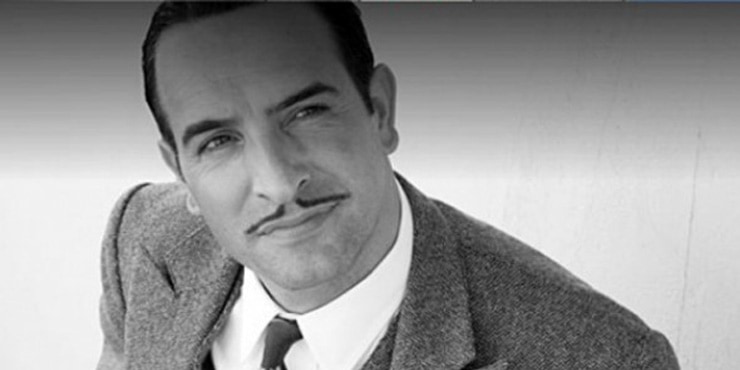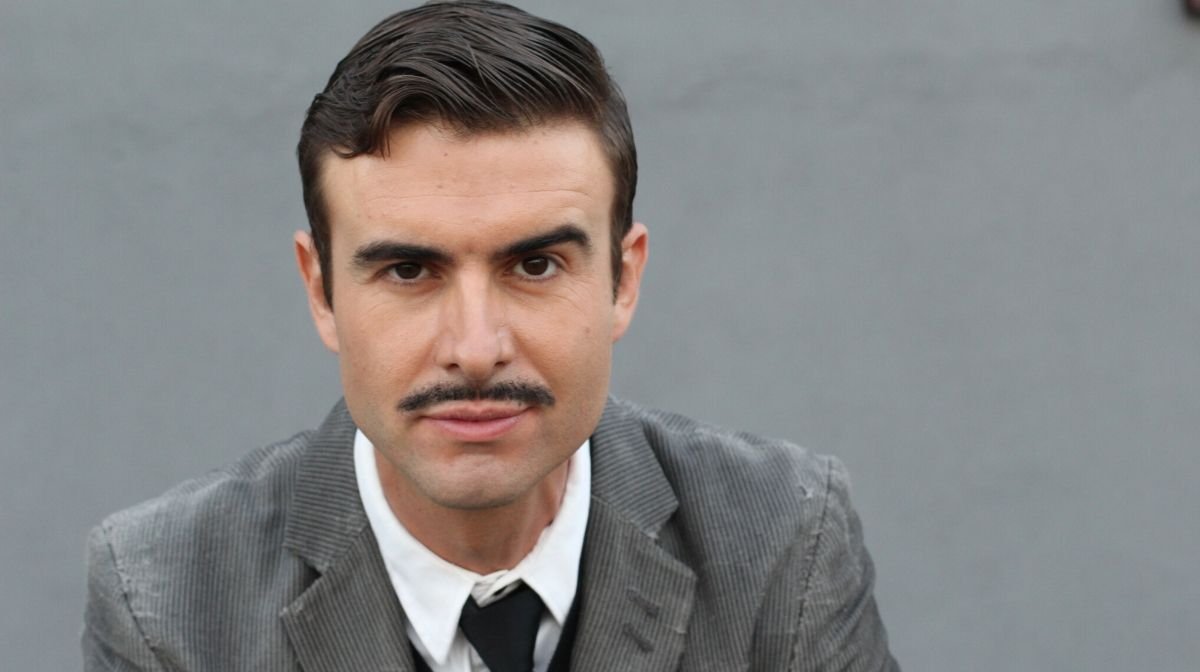

This style was used until the middle of the 17th century. Another symbol of a samurai, the sakayaki 月代 ( さかやき ) which is the shaved part on the top of the head, remained during this period. Since hige represents the samurai's fighting spirit, feudal lords started shaving off their hige and left only their mage 髷 ( まげ ) which is the long hair at the back of the head tied into a knot or bun. When the Edo shogunate entered a calm stage and became a "civilian government" called bunchi-seiji 文治政治 ( ぶんちせいじ ), showing a fighting spirit came to be regarded as having the intention of rebelling.

Thus, those who couldn't grow much hige or had thin ones, such as Hideyoshi Toyotomi, used fake hige. In Japan, from the medieval period to the beginning of Edo period, if you were a Samurai, you had to have hige. As you can see, for any variation or combination of mustaches, beards, and/or sideburns, we say "hige" and use " 髭 ( ひげ )." Japanese Mustache History Source: mils cfg Additionally, the "5 o'clock shadow" is called ao-hige 青髭 ( あおひげ ). It's difficult to distinguish exactly where momiage end and where hoo-hige begin, so some people just call them nagaimomiage 長 ( なが )いもみあげ, which means "long momiage."Īnother very common hige style is the combination of the mustache and the goatee, which is called ラウンド 髭 ( ひげ ), 囲 ( かこ )み, or カールおじさんの 髭 ( ひげ ).Īnd finally, if you have hige that isn't trimmed at all and just looks like messy stubble, it's called bushou-hige 無精髭 ( ぶしょうひげ ). (Remember, "hoo" means cheek so hoo-hige is the part of the sideburn that starts extending outward over your cheek.) The part of the sideburn that is directly beside your ear is called momiage もみあげ ( ). In Japanese "sideburns" get separated into two different categories. It's not exactly the same thing as sideburns, however. Hoo-hige is facial hair grown on the sides of the face and in front of the ears. Not surprisingly, this is called Fuji-hige 富士髯 ( ふじひげ ). Nothing says "I love Japan" more than trimming the hair on your chin into the shape of Mt. The most famous style of this is most likely to be the "goatee" and is translated into yagi-hige 山羊髯 ( やぎひげ ) (goat beard). Let's take a look at some of the more interesting ones.Īgo-hige is the collection of facial hair grown on the chin, upper lip, lower cheeks, and neck.

There are other types of hige out there besides these, of course. the "Kaiser mustache" is カイゼル 髭 ( ひげ ), toothbrush mustache is ちょび 髭 ( ひげ ), and the pencil-thin mustache is 泥鰌髭 ( どじょうひげ ). In Japanese, the "handlebar mustache" a.k.a. For this popular mustache, there are three main styles. kuchi-hige is facial hair grown just above the upper lip and is the most common type of hige. Let's break down the words for each HIGE style: Mustache a.k.a. So, please don't get confused whenever you see the word "hige". Just as a note, to save some word-space in this article, from here on out I'll use "hige" to quickly refer to mustaches, beards, sideburns, (and whiskers). If you found it to be more confusing than "lucky", don't worry, we use a different kanji for each hige:
#Pencil mustache beard how to#
Lucky you! You've just learned how to say mustache, beard, sideburns, and whiskers in Japanese, all at once. Unlike English, Japanese has only one word for each type of facial hair, excluding the eyebrows: HIGE. Japanese Mustache Vocabulary Source: Hey Paul Studios Nobody is going to be teased about falling flattop on your facial hair on my watch. I'd also like to educate you on mustaches in general in Japan, just in case you end up in a heated mustache-related argument. I'd like to take you on a mustache-canoe journey through the river that is the history of how facial hair functions in Japan, past and present. Sad, but true.īut how can this be? In a modern country such as Japan, shouldn't it be a society in which one can look past another's facial hair without judging (or firing you?). If you decided to go to work with a mustache your boss might not just give you a simple slap on the wrist, he might actually fire you. Although shaving your mustache can sometimes cause trouble, having a mustache can be problematic in Japan. If you ever go to Japan, you'll come to realize that almost all men, especially salarymen, don't have mustaches (or facial hair for that matter).


 0 kommentar(er)
0 kommentar(er)
